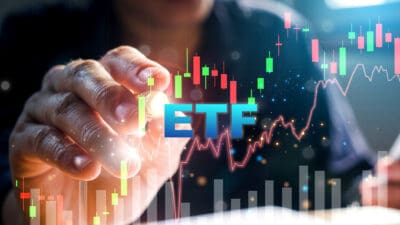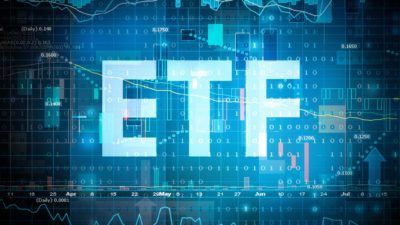The SPDR S&P/ASX 200 ETF (ASX: STW) is one of the most popular exchange-traded funds (ETFs) on the ASX in terms of size.
According to its provider, State Street, the STW ETF currently has assets under management (AUM) of approximately A$5.3 billion.
It tracks the S&P/ASX 200 Index (ASX: XJO), one of the key ASX benchmarks, which enables investors to access 200 of the largest businesses in Australia.
Before deciding whether to buy the STW ETF for the long term, let's examine some of its main attributes.
Key characteristics of the STW ETF
Firstly, it invests in all the ASX large-cap shares in the ASX 200.
The top 10 positions currently are BHP Group Ltd (ASX: BHP), Commonwealth Bank of Australia (ASX: CBA), CSL Ltd (ASX: CSL), National Australia Bank Ltd (ASX: NAB), Westpac Banking Corp (ASX: WBC), ANZ Group Holdings Ltd (ASX: ANZ), Macquarie Group Ltd (ASX: MQG), Wesfarmers Ltd (ASX: WES), Goodman Group (ASX: GMG) and Woodside Energy Group Ltd (ASX: WDS).
At 30 June 2024, the biggest 10 positions made up 48.82% of the STW ETF portfolio.
It owns another 190 businesses in the portfolio, but the biggest 10 have the highest weighting and the largest influence on the STW ETF's annual returns.
As of June 2024, three industries had a weighting of at least 10% in terms of sector allocation: financials (31.71%), materials (20.7%), and healthcare (10%).
One of the most important aspects of this ASX ETF is its very low management fee cost. For this fund, the management costs are just 0.05% per year, making it one of the lowest-cost ETFs on the market.
State Street notes a few other interesting statistics that may be useful to know for investors.
At 30 June 2024, the STW ETF had a dividend yield (excluding franking credits) of 3.74%, a price/earnings (P/E) ratio of 17 and a return on equity (ROE) of 16.5%.
Is it a good long-term buy?
This is one of the most popular ways for investors to get a simple allocation to the ASX share market in one investment.
We can get exposure to all of the ASX blue-chip shares for a very low management fee.
However, the main drawback for me is that it's quite heavily focused on a small number of companies from two main industries – financials and resources. That's just a reflection of what businesses are on the ASX, but other ASX ETFs can offer more exposure to faster-growing industries such as technology.
If I were going to invest in this fund, I'd want to balance a portfolio with STW ETF for the ASX exposure and something like the Vanguard MSCI Index International Shares ETF (ASX: VGS) or the VanEck MSCI International Quality ETF (ASX: QUAL) for global diversification.
Of course, diversification does not mean there will be any volatility or declines.









